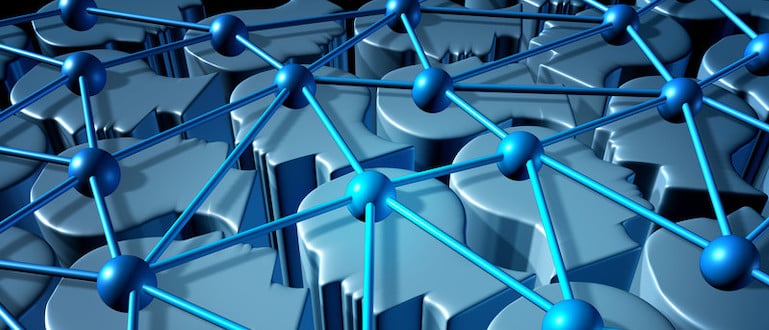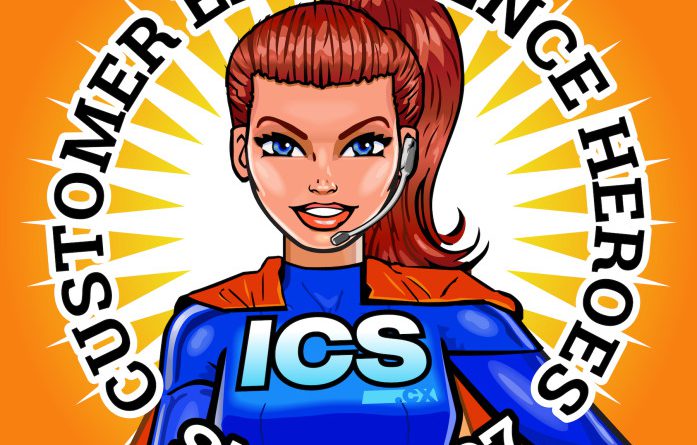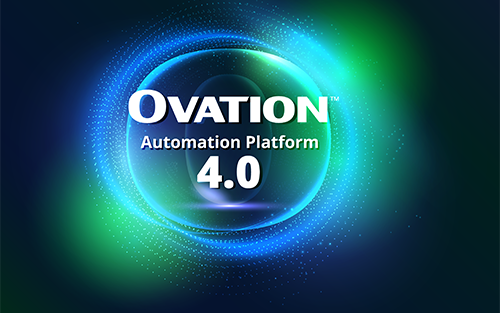
Atlassian this week added a generative artificial intelligence (AI) tool at its Team ’24 conference. Rovo uses knowledge graph technology to expose data to the Atlassian Intelligence platform for invoking multiple types of AI models.
In addition, the company revealed it has acquired Optic, a provider of an open source tool for documenting and managing application programming interfaces (APIs). Optic will be integrated into Compass, an internal developer portal (IDP) that Atlassian launched last year. Optic uses the OpenAPI specification to automatically track API changes as they occur across a continuous integration (CI) pipeline. It will now find OpenAPI documentation in code and publish it to Compass, which will then notify the rest of the software engineering team.
Finally, Atlassian also revealed it is now melding its project management application Jira with Jira Work Management to better streamline workflows. That next iteration of Jira, widely used to manage software development projects, will similarly be infused with AI capabilities enabled by Atlassian Intelligence, including Rovo agents to automate tasks.
Atlassian CEO Michael Cannon-Brookes explained to conference attendees that Rovo analyzes documents to provide a semantic understanding of documents. That enables the software to orchestrate workflows across both the Atlassian portfolio and third-party platforms connected via APIs. Organizations will also be able to use discovery tools accessed via a chat tool to find content, before they invoke agents to execute a series of tasks, said Cannon-Brookes.


All that will help DevOps teams launch a natural language query to, for example, surface a release plan, including source documents, for any application development project, Cannon-Brookes said.
In total, Atlassian is adding more than 30 agents to its portfolio that, to varying degrees, use AI to automate tasks across applications running in the cloud. Organizations can also opt to build their own agents using tools provided by Atlassian. Each agent will have specific types of objectives and goals assigned to it, noted Cannon-Brookes.
Ultimately, the future of collaboration will be defined by human and AI teammates working together to complete tasks, he added. Organizations will even be able to assign personality attributes to each of the agents based on user preferences, added Cannon-Brookes.
It’s not clear to what degree organizations will rely on AI assistants provided by specific providers of applications versus standardizing on a narrow set of agents provided by providers of, for example, cloud services running multiple applications. Regardless of approach, the level of task automation enabled by AI agents that take advantage of the reasoning engines embedded within LLM is about to considerably increase.
Naturally, each organization will need to determine how best to verify the tasks that the tasks assigned to an AI agent have been completed so there will be sone governance issue to address. In the meantime, however, DevOps teams should be compiling a list of tasks that might soon be better handled by an AI agent than by a DevOps engineer who should be resolving more complex problems.







